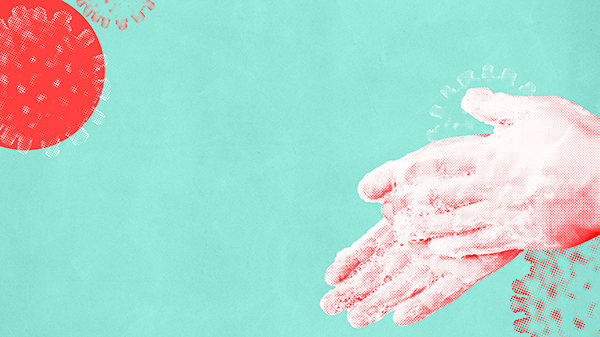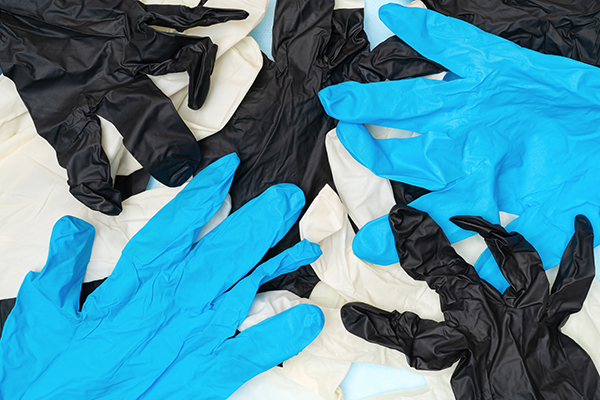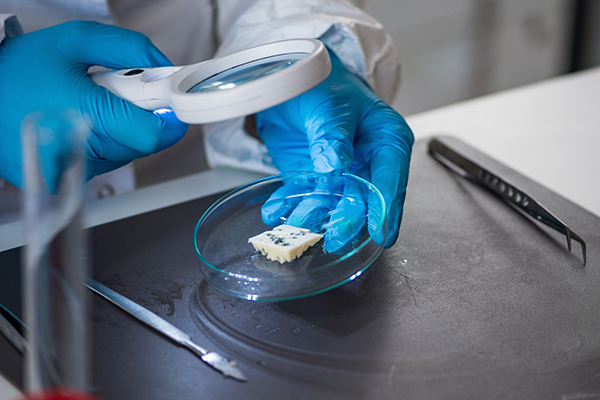Emergency Preparedness and Responding to a Disaster with Food Safety in Mind
As I write the first blog this month, the realities of the devastation in Florida are coming to light as we also deal with the aftermath of Hurricane Fiona, which impacted Puerto Rico late in September. Recent news has been focused on the recovery efforts for all who have been impacted. Thus, I thought it would be fitting this month to discuss emergency disaster planning resources in our first blog and delve into recovering from a disaster in our second blog later this month.
We’ve certainly discussed being prepared for disasters in previous blogs, but times like this can be a great reminder to update your emergency plan or begin to get your plan on paper if you haven’t already.
The simple fact is that if you are in business long enough, you WILL be impacted by an emergency or disaster. It is only a question of when it will happen. These situations, even if they do not disrupt your operation, can certainly make serving food in a safe manner challenging. Further, some of our businesses, especially schools and healthcare operations, must continue feeding and do not always have the ability to close during emergency situations. Thus, having a solid plan is imperative to protecting our guests, students, and/or patients.
…your plan should be developed with your operation, your employees, and your area of the country in mind.
Power outages, lack of potable water, flooding, sewage backups, and fires are all issues that might impact any of us. Giving each of these situations some thought ahead of time alleviates the confusion and simple mistakes that can be made if you are responding ‘on-the-fly’ to these types of situations. As Benjamin Franklin once said, “if you fail to plan, you are planning to fail,” and those words can certainly ring true in emergency planning.
If you are new to emergency planning and/or haven’t given much thought to your emergency plan in recent years, start today! Each foodservice business is unique, so it is important that you develop a plan for YOUR operation. Yes, there are many resources available on the topic from which you can start, but don’t just download one and call it good. These resources will give you some things to think about that may not have crossed your mind previously. But your plan should be developed with your operation, your employees, and your area of the country in mind.
Here are a few resources to checkout:
- Emergency Action Plan for Retail Food Establishments
- An in-depth resource developed by the Emergency Preparedness Committee of the Conference for Food Protection with a very detailed guide that will provide you with lots of details from the food code on how to develop your plan.
- Food Safety Emergency Response Pocket Guide: Disaster Edition.
- Developed by the United States Department of Agriculture Food and Nutrition Service Office of Food Safety and the Institute of Child Nutrition, specifically for child nutrition programs, the guide is applicable across all segments of foodservice and is a resource from which to start.
- Food Safety Guidance for Operators During an Emergency.
- Developed by the Alaska Division of Environmental Health Food Safety and Sanitation program, this guide provides a good roadmap for how to plan and how to reopen following an emergency.
- Emergency Action Planning Guidance for Food Production Facilities.
- Published by the New Jersey Department of Health, this resource provides some great information on the issues you might face during an emergency and what alternative procedures might be for you to pursue. It is about 10 years old now, but it is still a good starting resource.
Now is the time to start planning. Don’t wait until you’re in the eye of a storm to start thinking about it. It is human nature to think that it won’t happen to us, but the statistics lead us to believe that it will, it is just a matter of time. When you are facing an emergency situation, you will be glad you spent some time in 2022 developing your plan.
We are in the midst of planning our next SafeBites Webinar for the 4th quarter of the year. If you have any topics, you’d like to see address, please reach out and let us know. Likewise, if you have any food safety questions, we are just a quick email away. Risk Nothing.
READ MORE POSTS
Handwashing: The Habit that Isn’t as Common as We May Think
Earlier this year, I started to focus our FoodHandler Food Safety blogs on common food safety issues faced in each foodservice operation across the world. We’ve covered some of the most common issues, but perhaps none is more common than improper hand hygiene.
Is Implementing a Color-Coded Food Safety Plan Right for your Operation?
Foodborne pathogens are by far the most prevalent cause of foodborne illness in the United States and across the world. There are 31 known agents that cause foodborne illnesses, and more that are unspecified or yet undiscovered – remember, E. Coli 0157:H7 wasn’t identified until the early-1980s. It is estimated each year, 48 million illnesses occur because of these known and unknown pathogens, resulting in over 3,000 deaths.
Maintaining your Equipment: Is it the Missing Ingredient in your Recipe for Food Safety?
Although I am no longer in day-to-day operations, between our students and foodservice lab at the university and my volunteer activities in my local church, I keep a close hand in food production. This past week, I had the opportunity to lead a group of men at our church in preparation of a luncheon for 100 women who were attending a spirituality retreat. Over the course of the morning, I realized our main cooler in the kitchen was not functioning properly and was about 10˚F above the required temperature. While we do have a commercial kitchen, we do not routinely log temperatures, so when the unit started to malfunction is questionable. Even more concerning was not the lunch we were preparing for, but the dinner that was served the night before for 300+ families in the parish.
Contamination of Food: Let’s Get Physical
Earlier this month, we began a discussion about contamination of food. Our first blog focused on chemical contamination, but in this blog, I’d like to look at physical contamination of food.










